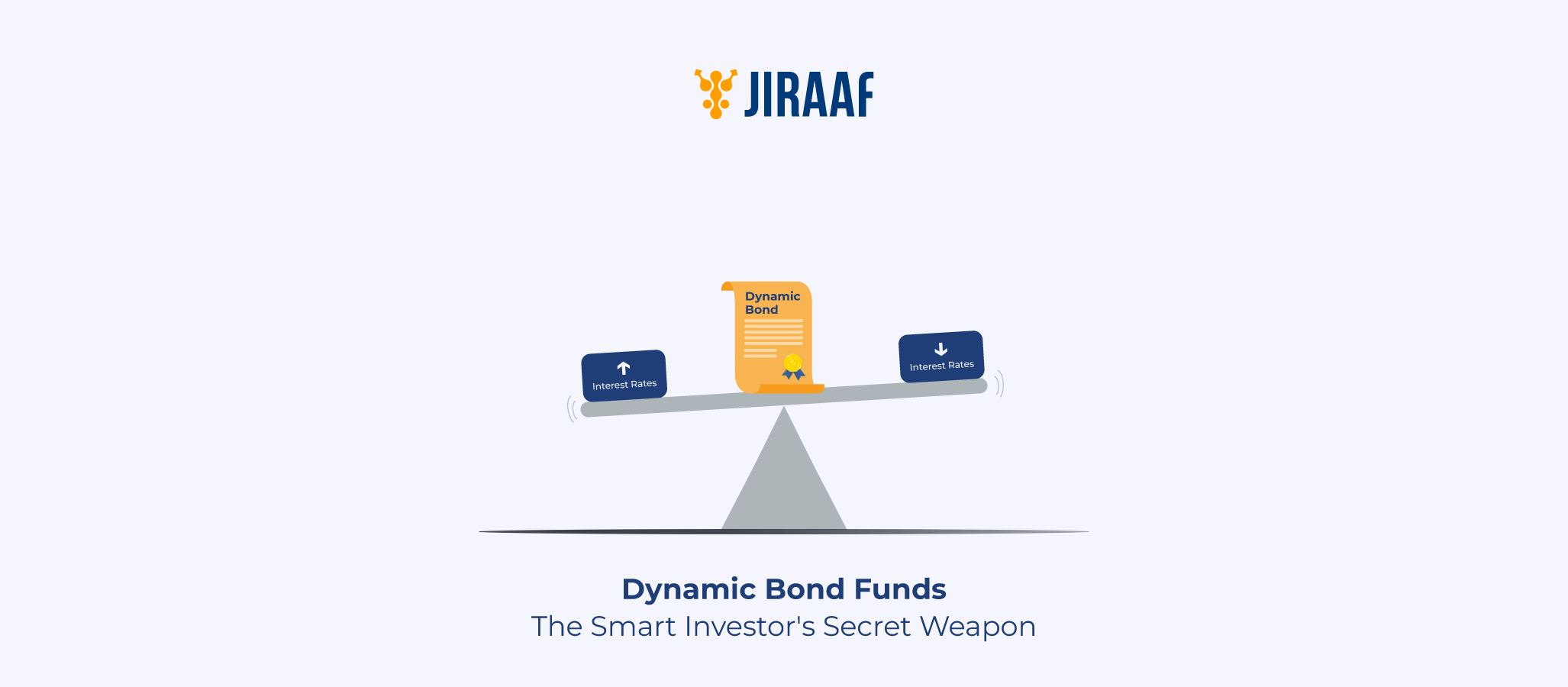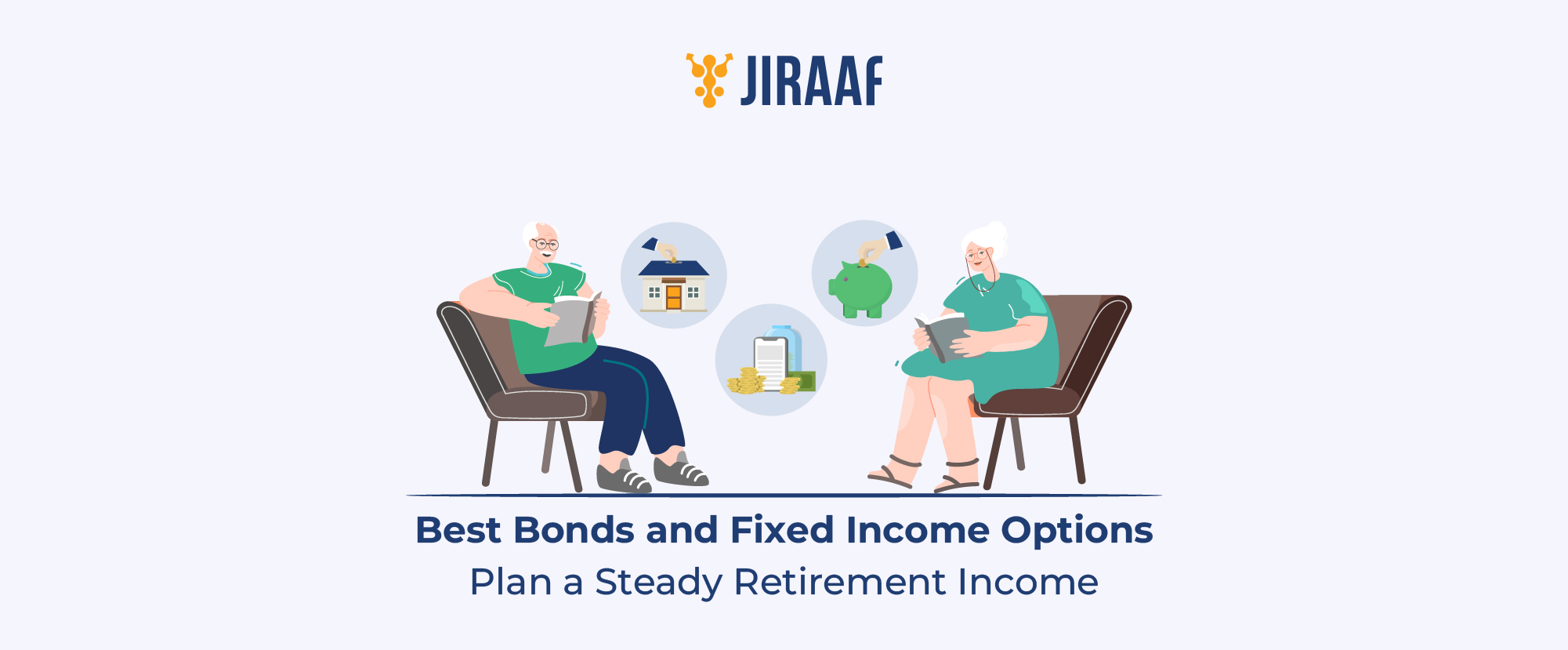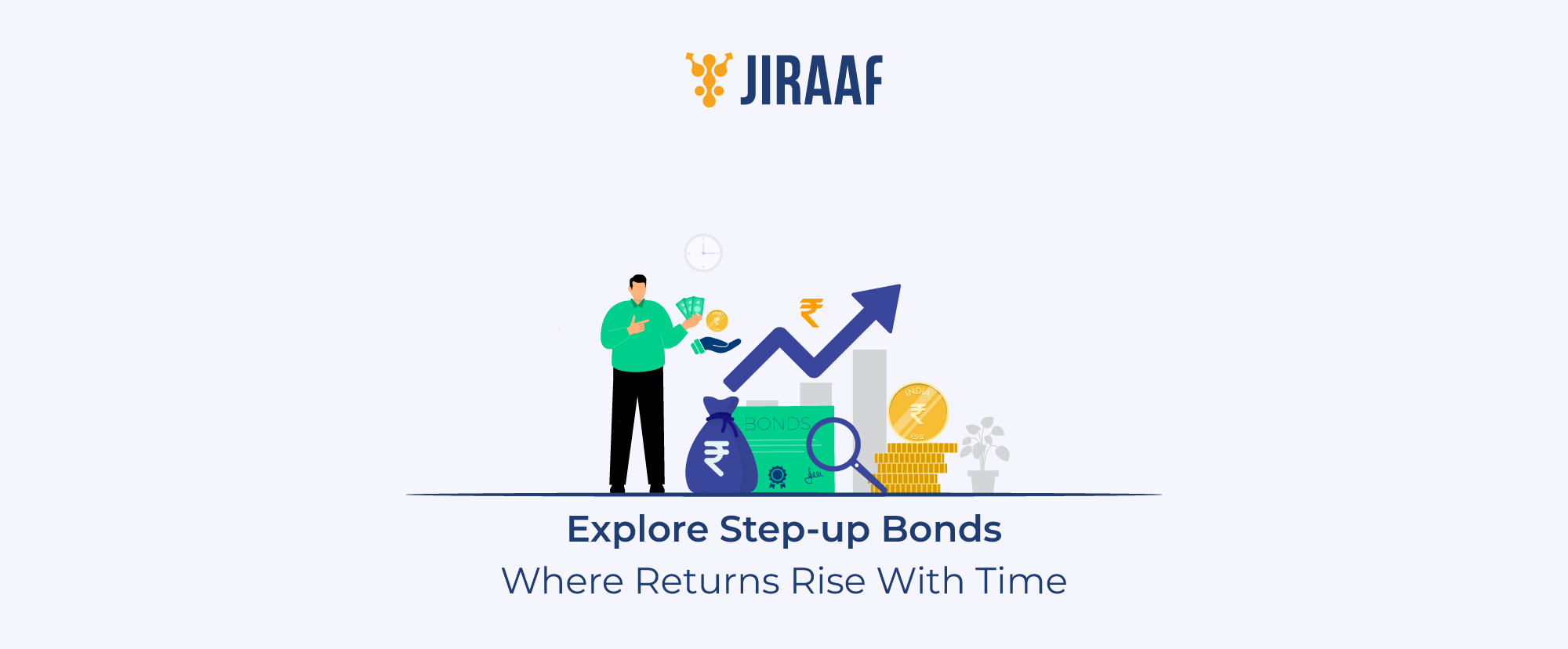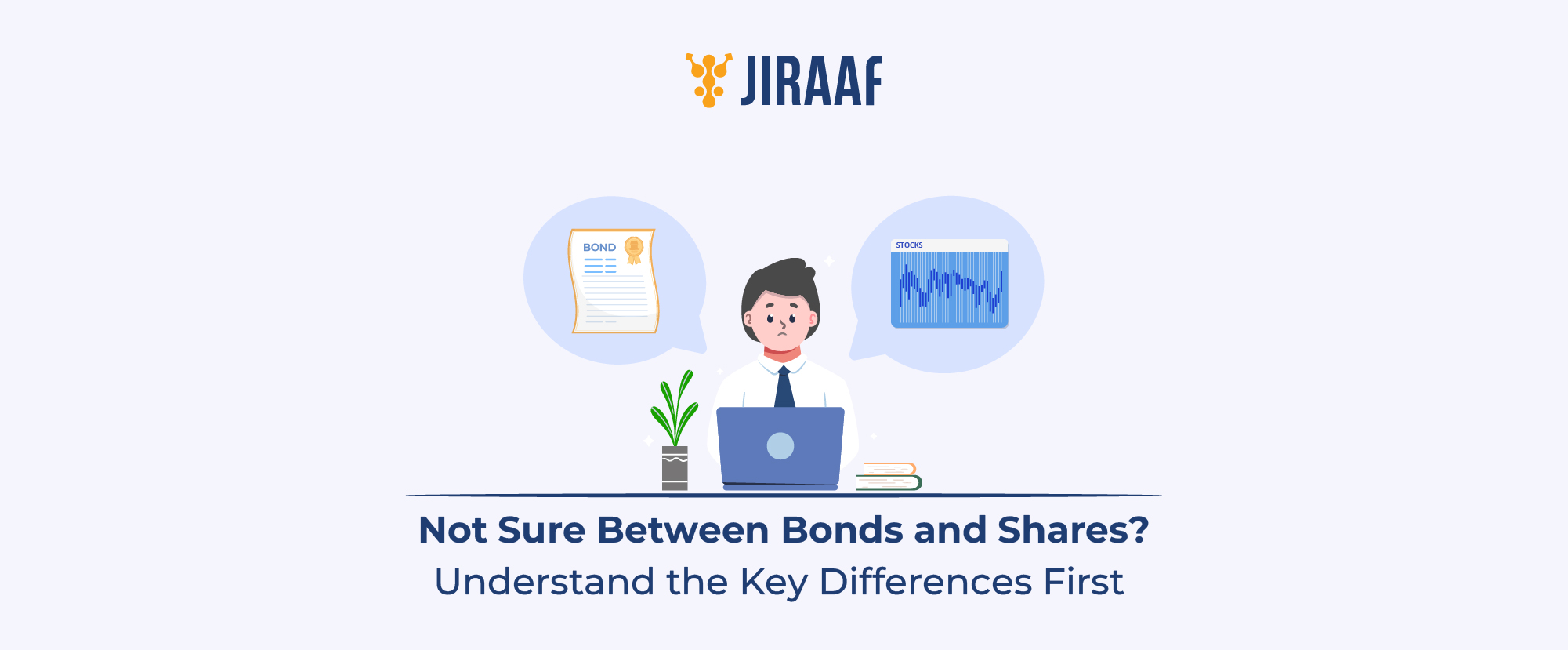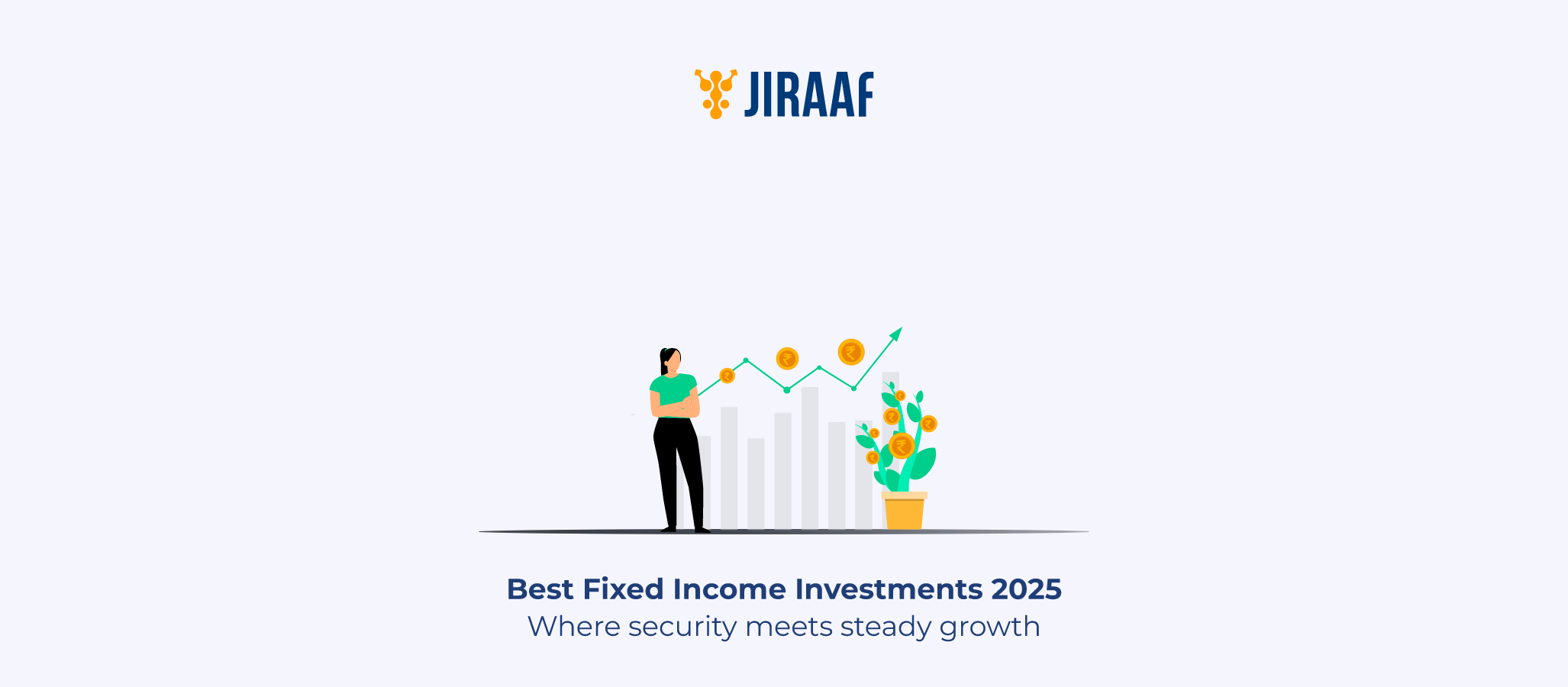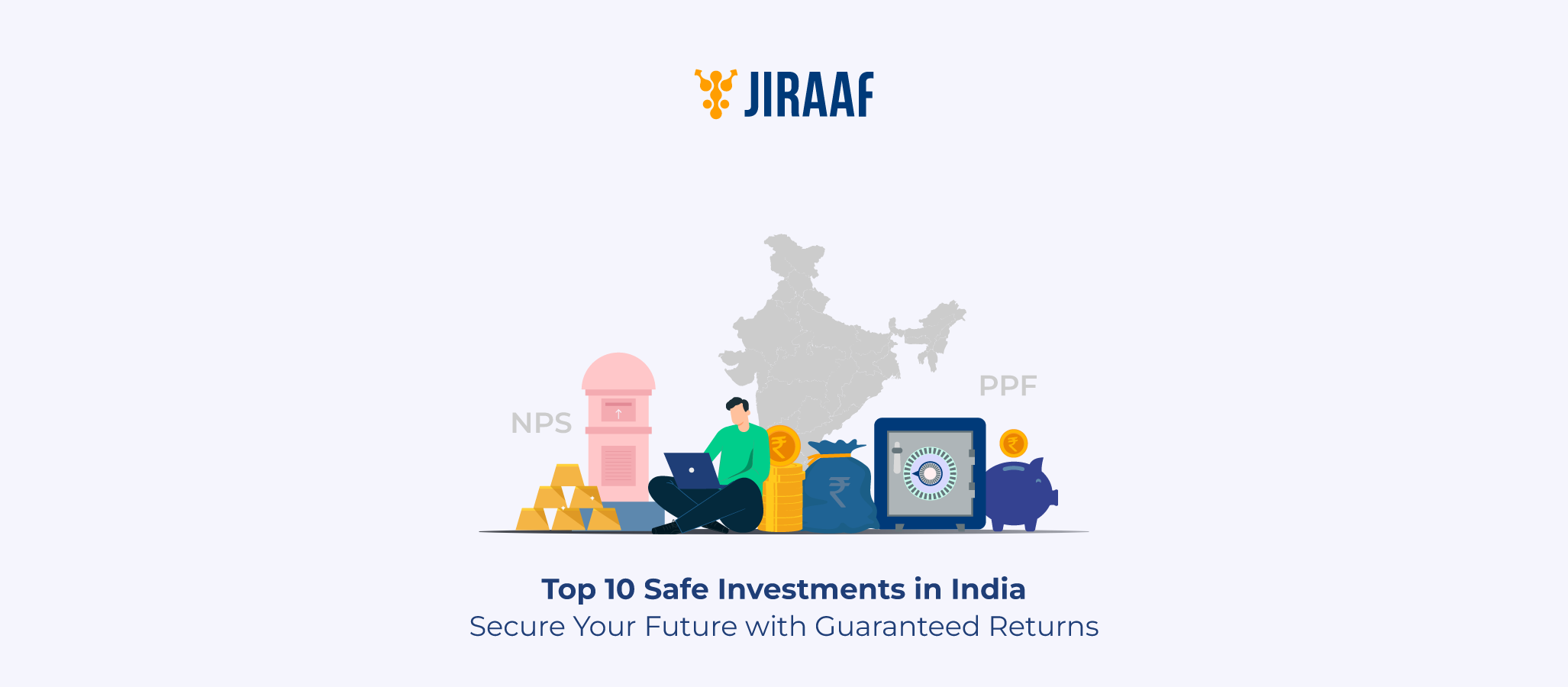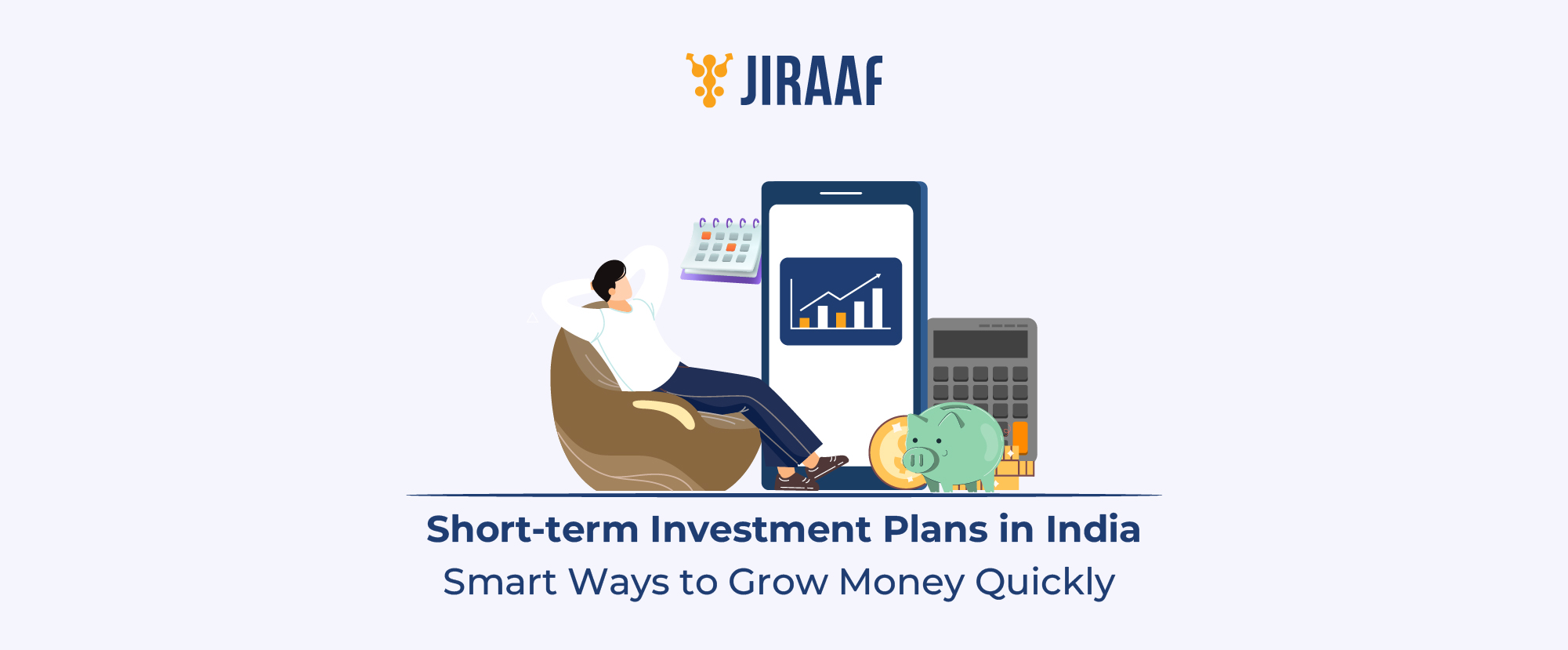Bond prices are often first to react when the interest rates rise or fall. In such an environment, timing and strategy becomes the holy grail in bond investing. While traditional bonds often lock themselves into a fixed maturity profile, a dynamic bond fund takes a different approach.
In a dynamic mutual fund, the fund manager has the freedom to shift between short-term and long-term debt securities across the bond and money markets, adjusting your portfolio as interest rates change. Think of it as the “flexi-cap” version of debt investing.
In the sections ahead, we’ll discuss how this funds work, its benefits and risks, and who should invest in this fund. Let’s delve in.
What is a Dynamic Bond Fund?
A dynamic bond fund is an open-ended debt mutual fund where the fund manager has complete flexibility to invest across different bond and money markets. Unlike traditional funds tied to a fixed maturity profile, dynamic bond funds can move between long and short-term debt instruments such as government bonds , corporate bonds, treasury bills, etc.
This flexibility allows the fund manager to adjust the portfolio according to prevailing interest rate conditions. The goal of this fund is simple: to optimize returns for investors, whether the market is in a rising or falling rate cycle.
This active management according to the market conditions is what gives dynamic bond funds their edge. Let’s explore the exact process of how these funds work further.
How Dynamic Bond Funds Work
Dynamic bond funds operate through active and continuous management, giving the fund manager the flexibility to adjust the portfolio in response to changing interest rate environments. Their primary goal is to optimize returns while minimizing losses caused by interest rate fluctuations.
Key strategies employed by fund managers include:
- Continuous Market Monitoring:
The fund manager actively tracks economic indicators, interest rate movements, and overall market trends to anticipate potential shifts in the bond market. These insights form the basis for informed investment decisions.
- Duration Management:
When interest rates are expected to fall, the manager increases exposure to long-term bonds to capture higher potential capital gains. Conversely, when rates are likely to rise, the portfolio shifts toward short-term bonds to reduce vulnerability to declining bond prices.
- Portfolio Rebalancing:
Investments are reallocated across different debt instruments, including government securities, corporate bonds, and gilts, based on the prevailing interest rate scenario and the fund’s risk-return objectives.
- Risk and Return Optimization:
By strategically managing duration and bond types, the fund smooths return, minimizes losses from interest rate fluctuations, and aims to deliver potentially higher performance than static bond funds, especially in volatile markets.
Through this dynamic approach, the fund adapts continuously to changing market conditions, leveraging interest rate movements to enhance returns while managing risk effectively.
Now that we have discussed how this fund works, let us know how it is taxed.
Taxation Rules for Dynamic Bond Funds in India
Dynamic bond funds follow the same tax rules as other debt mutual funds. If you redeem your investment within three years, the gains are treated as Short-Term Capital Gains (STCG) and taxed as per your income tax slab.
For investments made before 1 April 2023, units held for more than three years qualify as Long-Term Capital Gains (LTCG). The gains on LTCG are taxed at a flat rate of 20% and investors enjoy indexation benefits.
For investments made on or after 1 April 2023, the LTCG benefit will no longer apply. All gains are taxed according to the investor’s income tax slab, and indexation benefit is not available.
However, a dynamic bond fund offers a range of other benefits. Let’s have a look at them.
Benefits of Investing in Dynamic Bond Funds
1. Better Returns than Traditional Bond Funds:
Unlike traditional bond funds that stick to a fixed maturity profile, a dynamic bond fund adjusts its portfolio based on interest rate movements. This flexibility allows the fund to capture opportunities across both rising and falling rate cycles, often delivering better risk-adjusted returns over time.
2. Liquidity:
Dynamic bond funds are open-ended, which means you can buy or sell units at any time. This feature provides easy access to your money whenever you need it, unlike fixed deposits or long-term bonds that lock in your capital.
3. Diversification:
A dynamic bond fund spreads investments across different types of debt instruments, including government securities, corporate bonds, and gilts. This mix reduces concentration risk and helps create a more balanced portfolio, offering stability even in uncertain market conditions.
While dynamic bond funds offer attractive benefits, no investment comes without risks. To make informed choices, you must also understand the challenges and considerations that come with them.
Risks & Considerations Before Investing
When evaluating dynamic bond funds, it’s important to weigh the potential rewards against the risks. Here are some key risks and considerations to be mindful of:
- Credit Risk:
Dynamic bond funds often invest in corporate bonds along with government securities. If a corporate issuer defaults or gets downgraded, it can directly affect the fund’s returns.
- Interest Rate Risk:
The core strategy of a dynamic bond fund is to adjust with changing interest rate cycles. However, if the fund manager misjudges the direction or timing of rate movements, the portfolio may deliver lower-than-expected returns or even suffer capital losses.
- Market Volatility:
Bond markets react to economic conditions, policy changes, and global events. These factors can trigger short-term volatility, which may influence the performance of dynamic bond funds despite their flexible strategy.
Key considerations before investing
- Fund Performance: Review past performance but remember it does not guarantee future results.
- Expense Ratio: Check for expense ratio. Higher costs can eat into your net returns over time.
- Portfolio Composition: Focus on choosing funds that invest in high-rated bonds only.
- Fund Manager Expertise: Checking the fund manager’s ability to read market cycles and track record is a must.
Conclusion: Who Should Invest in Dynamic Bond Funds?
Dynamic bond funds are well-suited for investors who want an active approach to debt investing. By combining short- and long-term debt securities, these funds bring flexibility that traditional bond funds lack. While short-term returns may show some variability, they tend to perform strongly when interest rates are falling.
They also appeal to investors who are okay with taking on moderate risk and can park their money in the fund for around three to five years. With their ability to adjust to changing rate cycles, dynamic bond funds can deliver potentially higher risk-adjusted returns while managing downside risk more effectively.
